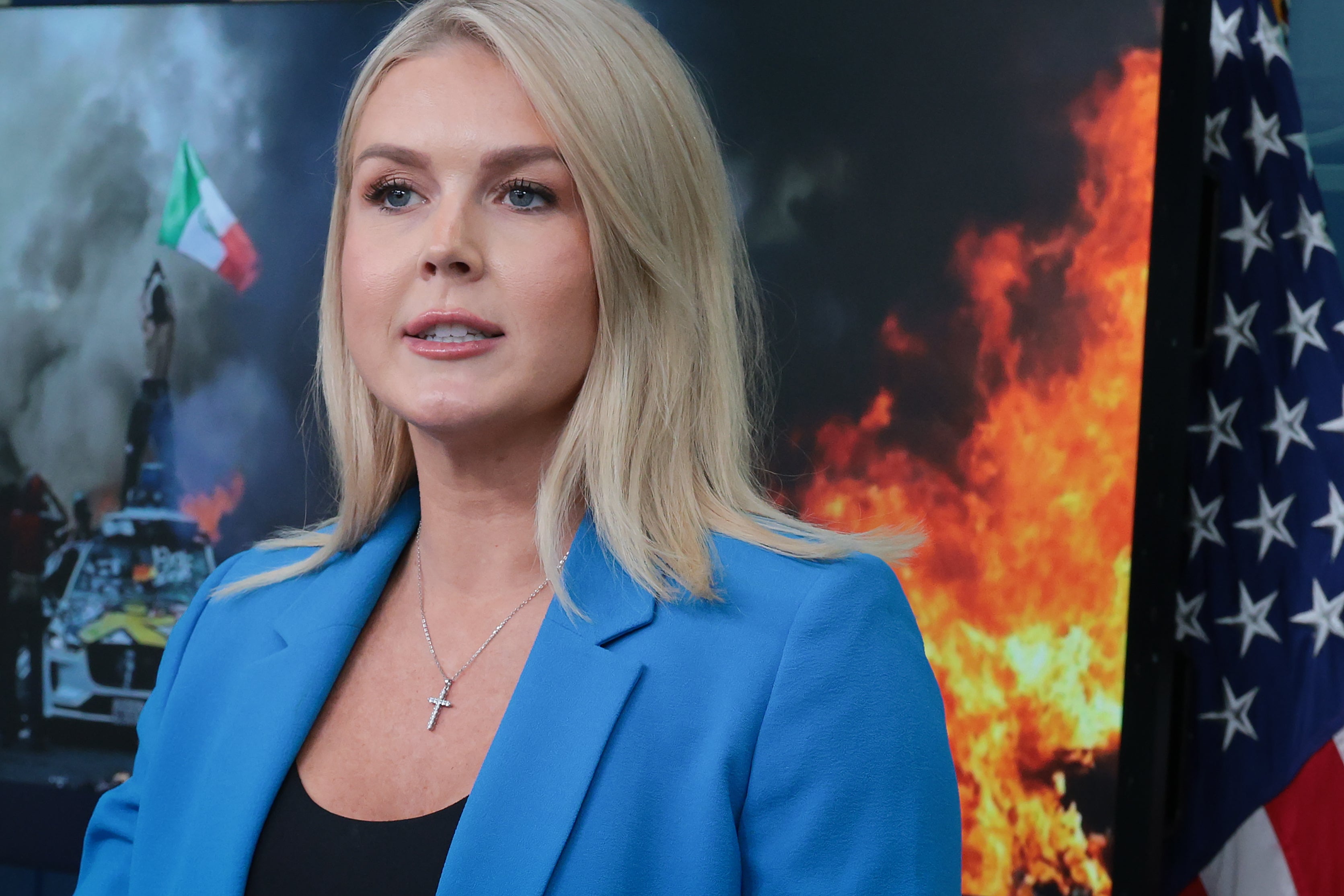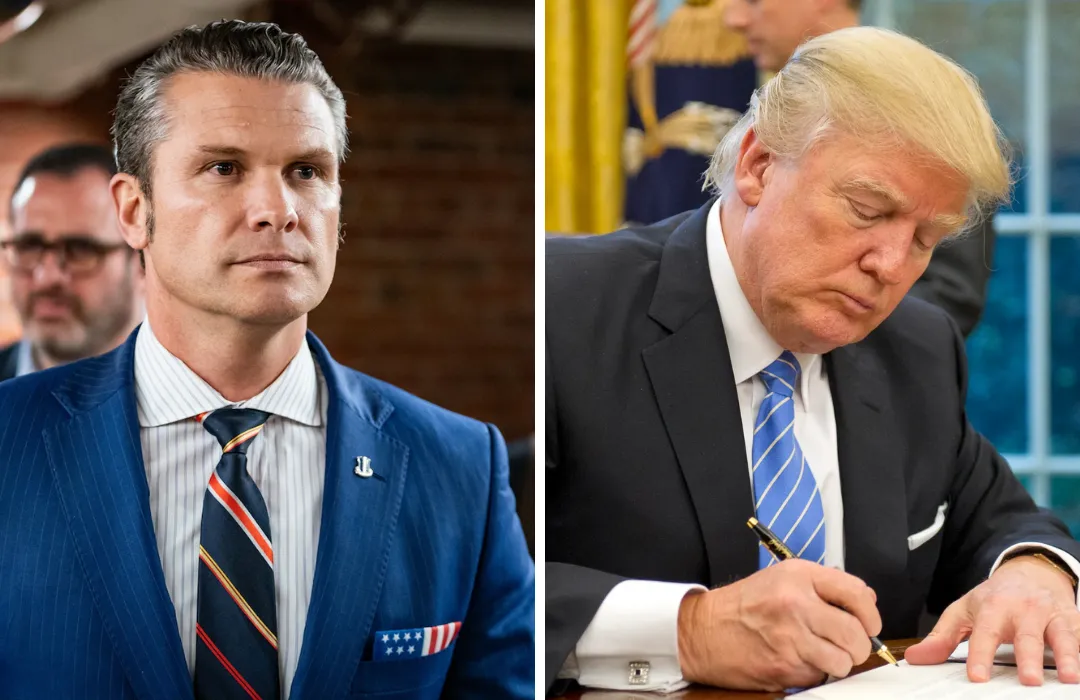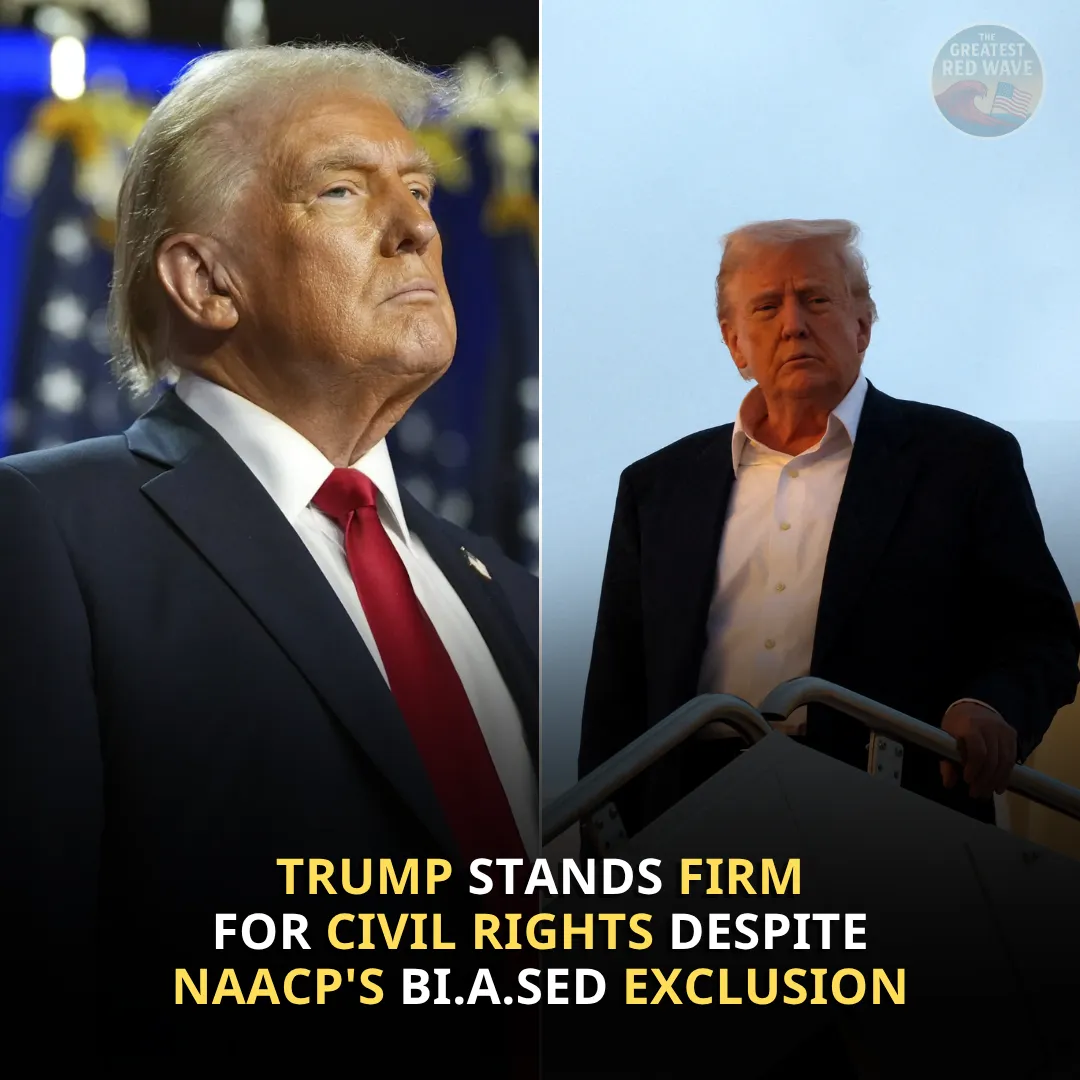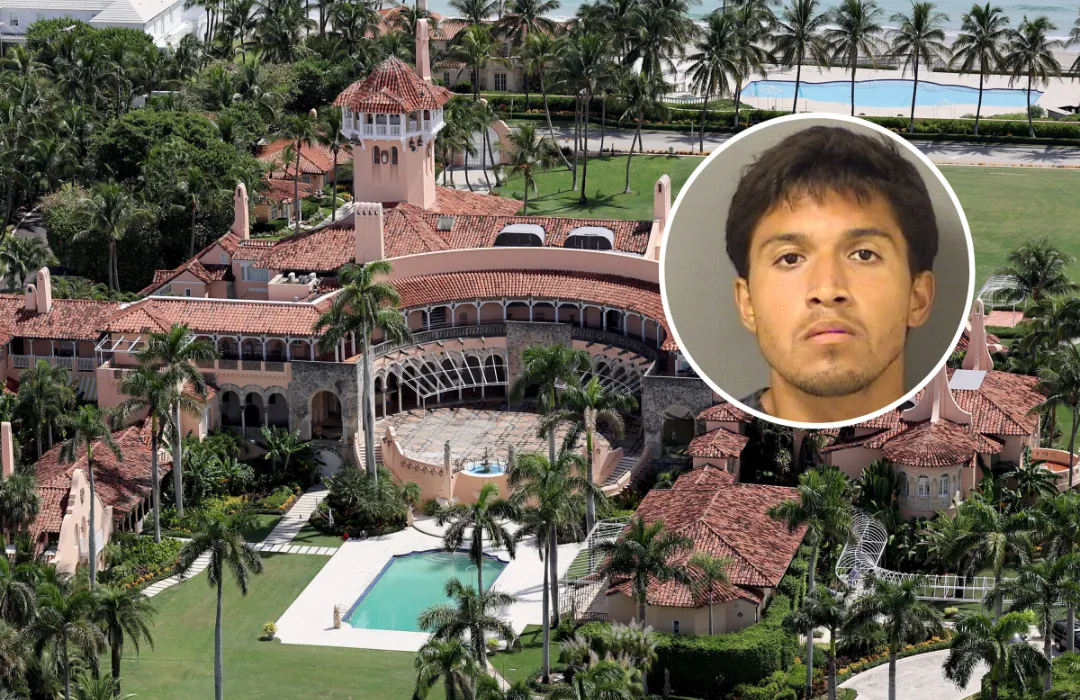
In a fiery exchange during a White House press briefing on Wednesday, Karoline Leavitt, the White House press secretary, sharply criticized a reporter's question about President Trump’s stance on peaceful protests at the upcoming military parade in Washington, D.C.
The tense moment came when Jasmine Wright, a reporter for NOTUS, asked whether the president would support having "peaceful" protesters present at the parade. Leavitt, clearly taken aback by the nature of the question, responded forcefully, calling it a “stupid question.”
Leavitt’s response quickly became the talk of the briefing, as she stood firm in defending President Trump’s position on the right to protest while simultaneously condemning the violence that has accompanied some of the demonstrations in various parts of the country.
Her bold response was a clear reminder that the Trump administration remains committed to upholding the First Amendment, but only within the boundaries of law and order.
The exchange also highlighted the stark contrast between Trump’s approach to handling protests and the more lenient stance often taken by Democrat-controlled states.
The controversy surrounding protests has taken center stage in recent months, particularly in Los Angeles, where demonstrations have been fueled by actions taken by U.S. Immigration and Customs Enforcement (ICE) agents.
The protests, which began following raids at several businesses, escalated when protesters gathered around federal buildings where detained individuals were believed to be held.
In response, President Trump took decisive action by deploying National Guard troops and Marines to support law enforcement and curb the violence.

This decision, however, has been met with strong opposition from local Democratic leaders, including Los Angeles Mayor Karen Bass and California Governor Gavin Newsom, who have criticized the federal intervention as an overreach of power.
At the press briefing, Wright asked Leavitt for clarification on whether President Trump would allow peaceful protesters to participate in the parade. Leavitt, refusing to entertain what she saw as a misguided question, quickly responded, “Of course, the president supports peaceful protests. What a stupid question.”
The press secretary’s sharp retort was met with audible gasps from some of the assembled reporters, though it was clear that Leavitt was steadfast in her defense of Trump’s policies.
This confrontation was a reminder of the broader context of protest and unrest that has gripped much of the nation over the past few years. Trump has consistently emphasized his commitment to protecting the right of Americans to express their views peacefully.
However, he has also made it clear that violence and lawlessness will not be tolerated under any circumstances. Trump’s warning to potential protesters at the military parade, where he stated that any protesters would be met with “very big force,” was consistent with his long-standing position that violence against law enforcement and destruction of property will be met with swift action.
Leavitt expanded on Trump’s remarks, reiterating that the president supports peaceful protests that adhere to the principles of the First Amendment but will not stand by while individuals use protests as an excuse to engage in criminal activity.
“The president absolutely supports peaceful protests. He supports the First Amendment. He supports the right of Americans to make their voices heard,” Leavitt said, emphasizing the president’s commitment to protecting free speech and peaceful assembly.
However, she quickly added, “He does not support violence of any kind. He does not support assaulting law enforcement officers who are simply trying to do their jobs.”
Leavitt’s response to Wright’s question was more than just a defense of Trump’s position on protests; it was also a critique of the way certain Democratic leaders have handled unrest in their own states.
She pointed to the ongoing protests in Los Angeles, which have led to significant disruptions and violence, as evidence of the failure of local leadership to control the situation.
“It’s very clear for the president what he supports and what he does not,” Leavitt said. “Unfortunately for Democrats, that line has not been clear, and they’ve allowed this unrest and this violence to continue, and the president has had to step in.”
The reference to Democrat leaders such as Newsom and Bass was not accidental. Leavitt’s criticism of their handling of the situation in California served as a broader indictment of how Democrats have managed protests and violence across the country.
The Trump administration has consistently taken a firm stance on the importance of law and order, whereas Democratic leaders in cities like Los Angeles have been accused of enabling unrest by refusing to take decisive action against violent protesters.
For Trump and his supporters, this failure to act has created a situation where federal intervention is necessary to restore order.
The deployment of National Guard troops and Marines to assist local law enforcement in Los Angeles has been one of the most contentious aspects of the federal response to the protests.
Critics of the Trump administration argue that the use of military force in domestic protests is an overreach and infringes on states’ rights. However, Trump and his supporters view it as a necessary measure to protect federal property, safeguard citizens, and maintain order in cities where local authorities have failed to act effectively.
In Leavitt’s eyes, the president’s decision to deploy federal forces was not just a reaction to protests in Los Angeles but a broader statement about his commitment to keeping Americans safe, regardless of political opposition.
She underscored the point that Trump’s actions were driven by a desire to protect law-abiding citizens and prevent further damage to the cities experiencing unrest.
“The president is making sure that law and order are respected and that the rule of law is followed,” Leavitt asserted, highlighting the contrast between Trump’s firm stance on law enforcement and the more lenient approach taken by some Democratic leaders.
This division between federal and state approaches to law enforcement was further exemplified in the responses to the protests in Los Angeles. While the Trump administration sent in troops to support local law enforcement, Mayor Bass and Governor Newsom publicly denounced the intervention, calling it an abuse of power.
Their opposition to the federal response reflected a larger ideological divide, with Democrats often emphasizing the need for dialogue and de-escalation, while Republicans, led by Trump, have pushed for a stronger and more forceful response to violent protests.
In her comments, Leavitt also took the opportunity to criticize the lack of clarity and action from Democratic leadership in California. She pointed out that while the president had acted decisively to quell the unrest, Democratic leaders had allowed the situation to spiral out of control.
“The president has had to step in because the Democrats have failed to act,” Leavitt said, implying that Newsom and Bass were not doing enough to restore order and prevent further violence.
The president’s support for the right to protest peacefully, while firmly rejecting violence, is a central tenet of his approach to governance. In his tweet warning potential protesters at the military parade, Trump emphasized that they would be met with “very big force” if they resorted to violence or disruption.
This statement was consistent with his broader stance on maintaining law and order, particularly in the face of protests that have turned violent in cities across the country.
Trump’s tough stance on protests is not just about protecting public property; it’s also about ensuring that the safety and security of law-abiding citizens are not compromised.
As protests have escalated in various cities, with incidents of looting, vandalism, and clashes with law enforcement, Trump has consistently emphasized the importance of maintaining public safety.
His deployment of National Guard troops and Marines to assist local law enforcement is an example of his administration’s commitment to ensuring that those who wish to engage in peaceful protest can do so without fear of violence or disruption.
In conclusion, Karoline Leavitt’s response to the reporter’s question about Trump’s stance on peaceful protests was a strong defense of the president’s policies and a sharp rebuke of the violence that has accompanied some protests across the country.
Leavitt made it clear that Trump supports peaceful protests, but will not tolerate violence or lawlessness. She also highlighted the failure of Democratic leaders, particularly in California, to effectively address the unrest, leading to the president’s decision to intervene and restore order.
For Trump and his supporters, the president’s actions reflect a firm commitment to protecting law and order, ensuring that American citizens can express their views freely and safely without fear of violence or destruction.






